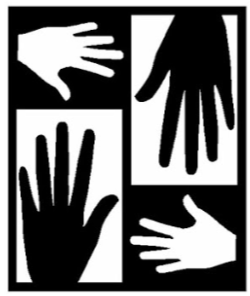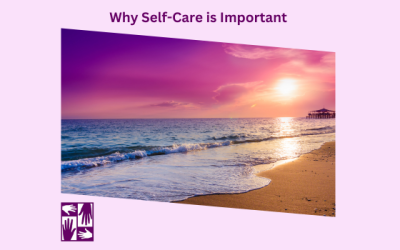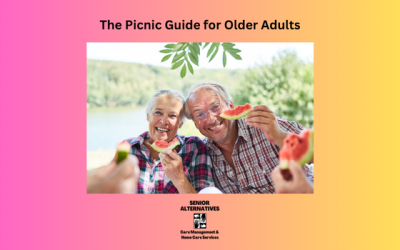April 27, 2013

When your elderly loved ones reach a certain age, it’s important to pay closer to their daily routine to make sure that they are still living safely. This often includes checking in with them about their diet, exercise routine, and making sure that they are prescribed the proper medication. It’s also equally important to anticipate and remove potential barriers that could present a problem for your elderly loved ones. A growing concern for most elderly people is the increased chance of taking a fall. Unfortunately, a serious fall can be a catastrophic event and sometimes be the first step to a rapidly decreasing quality of life.
If you notice a change in your loved one’s balance, a decrease in confidence while walking, and/or complaining about foot or knee pain, it’s important take note of these changes as they could be signs of a fall risk. There are a few simple steps that you can take to insure that their home remains safe for them:
Look for loose rugs or awkwardly placed furniture. Have a clearly defined path through rooms in the house so that your elderly relatives do not need to maneuver too much while walking through rooms.
Be aware of inside or outside stairs that may cause trouble for your elderly relatives. Install a hand or guard rail to protect against slips and falls.
Most falls happen in the bathroom or other areas with a potentially wet floor. Be sure that there are enough secure rugs on the floor to absorb moisture and consider installing a handrail for the tub or shower.
If you are concerned with your elderly relative’s fall risk, talk to their family doctor or a Home Care agency who can help you assess the situation and give you further information on how to avoid falls. It’s important to follow your instincts and voice your concerns. You will not regret taking steps to insure that your loved one is safe in their own home.
If you notice a change in your loved one’s balance, a decrease in confidence while walking, and/or complaining about foot or knee pain, it’s important take note of these changes as they could be signs of a fall risk.
Related Articles
International Self-Care Day 7/24
The date, 7/24 symbolizes the idea that self-care should be practiced 24 hours a day, 7 days a week. It’s a gentle nudge to make self-care a daily priority, not just a once-a-year activity. Read more on ways to create a self-care plan.
Summertime is here, let us help you plan the perfect picnic…
Summertime is a great time to enjoy the outdoors and plan a picnic, the perfect opportunity to bring joy especially for seniors in your life. With a bit of thoughtful preparation, you can create an experience that is both comfortable and memorable. To help you get started, here are some tips and ideas to plan a senior-friendly picnic that prioritizes accessibility, safety, and relaxation.
Boost Cognitive Function Through Brain Exercises
Just like the rest of your body, your brain changes and adapts over time. Through a concept known as neuroplasticity, your brain can form new connections, strengthen existing ones, and even recover lost abilities. Regular mental exercises can have a significant impact on your brain health. Read on to know more…





